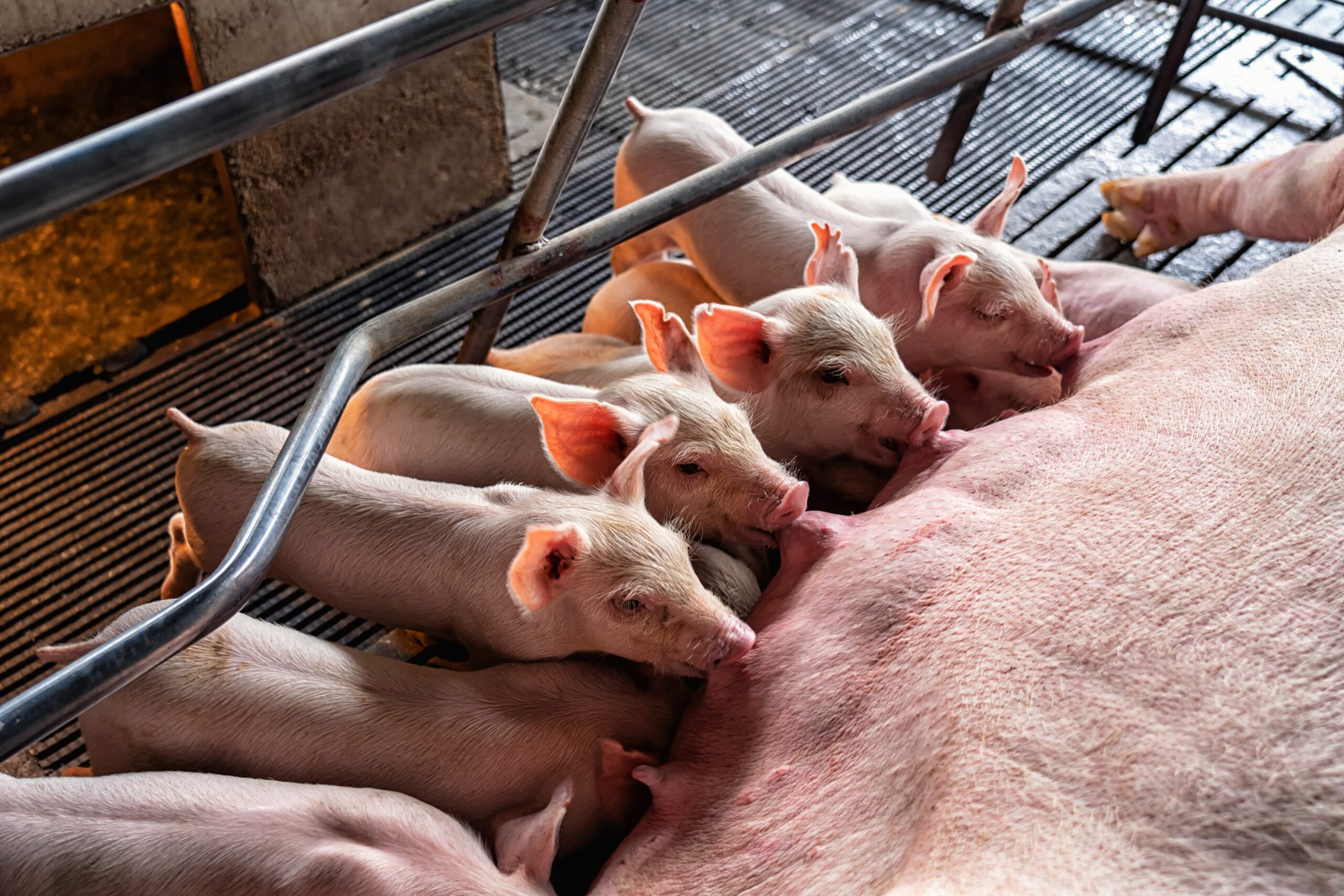A total of 472 mixed parity sows were used in a study to evaluate the effects of supplying increased Lys and energy for the last 2 or 7 d before farrowing on sow and litter performance. On d 106 of gestation, sows were blocked by parity and weight and allotted to one of three corn-soybean meal-based dietary treatments, which included: 1) 12.5 g SID Lys and 6.5 Mcal/d ME from d 107 to 112 of gestation, then 28 g SID Lys and 9.4 Mcal/d ME until farrowing; 2) 12.5 g SID Lys and 6.5 Mcal/d ME from d 107 to 112, then 40 g SID Lys and 13.3 Mcal/d ME until farrowing; 3) 40 g SID Lys and 13.3 Mcal/d ME from d 107 until farrowing. Data were analyzed for treatment within parity effects using the GLIMMIX procedure of SAS. Sow weight gain from d 106 to 113 increased (P < 0.05) as the length of feeding increased SID Lys and energy increased. Sow backfat gain from d 106 to 113 of gestation increased (P < 0.05) in females fed treatment 3 vs. treatment 1. There was no evidence (P > 0.05) for the difference in female BW or backfat loss from d 113 of gestation until weaning. Average total born and born alive piglet birth weight was greater (P < 0.05) in gilts fed treatment 2 or 3 vs 1, with no evidence (P>0.05) for the difference in average piglet birth weight in sows, or weaning weight in gilts and sows. Piglet survival after cross-fostering to weaning was improved (P < 0.05) in sows fed treatment 2 vs. 1 or 3, but not in gilts.
Providing high Lys and energy intake from d 107 or 113 to farrowing increased birth weight in gilts, while providing high Lys and energy intake from d 113 increased pre-weaning piglet survival in sows.
Gourley, K., A. Swenson, J. Woodworth, J. DeRouchey, M. Tokach, S. Dritz, R. Goodband and B. Frederick. 2019. Effects of increasing duration of feeding high dietary lysine and energy prior to farrowing on sow and litter performance under commercial conditions.2019 Midwest Section ASAS/ADSA Meeting, Abstract 183.
